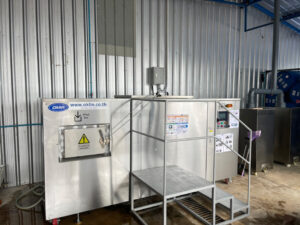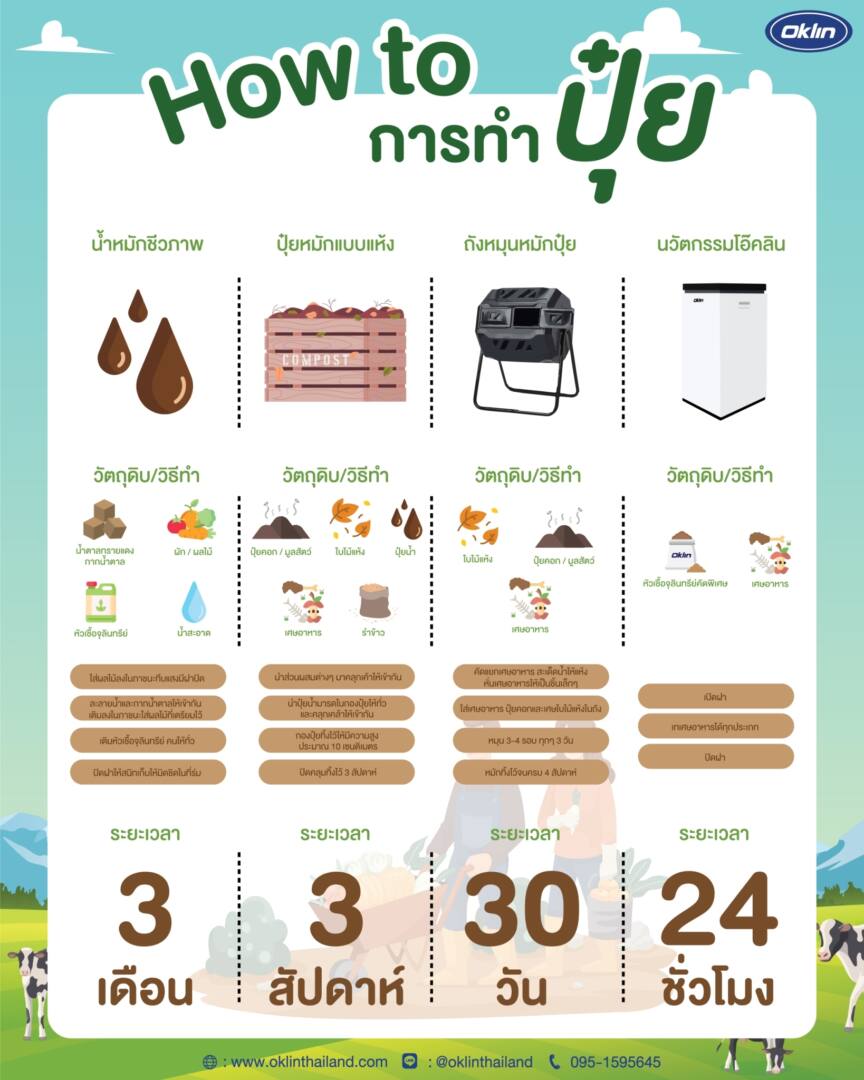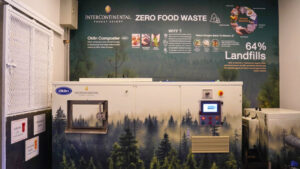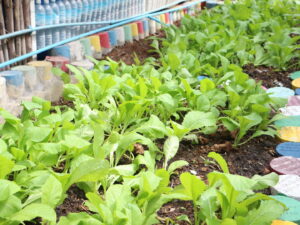
HOW TO: Make Organic Fertilizer
HOW TO: Make Organic Fertilizer


Various Methods for Making Organic Fertilizer
Organic fertilizer is a compound derived from living things, including plants, animals, and microorganisms, through natural production processes. Most organic fertilizers are used to improve the physical properties of soil, making it light, friable, well-drained, and well-aerated, allowing plant roots to spread easily to absorb nutrients.
Making your own fertilizer ensures that the plants and vegetables you grow are nourished with chemical-free fertilizer. In addition to producing safe organic fertilizer, this activity can also serve as a leisure hobby and save on costs for buying commercial fertilizers.
How to Make Organic Fertilizer
1. Natural Fermented Liquid / Liquid Fertilizer
Ingredients:
-
1 part brown sugar or molasses
-
3 parts fruit or vegetables
-
10 parts clean water
-
1 part microbial inoculant
Instructions:
-
Put the fruit in an opaque, sealable container.
-
Dissolve brown sugar or molasses in water and pour into the container with the fruit. Mix well.
-
Add microbial inoculant and stir thoroughly.
-
Seal tightly and store in a shaded area for 3 months before use.
2. Dry Bio-compost
Ingredients:
-
2 parts fruit or vegetable scraps
-
2 parts raw rice husk
-
1 part rice bran
-
1 part animal manure or composted manure
-
Bat guano, eggshells, or leftover solids from liquid compost fermentation (optional)
-
Microbial inoculant and molasses
Instructions:
-
Mix all dry ingredients together.
-
Dissolve 2 tablespoons molasses and 2 tablespoons microbial inoculant in 10 liters of water.
-
Sprinkle the solution evenly over the compost pile and mix well until the moisture is about 60%. (A quick test: squeeze the compost in your hand—no water should drip, but it should hold together in a clump.)
-
Pile the compost about 10 cm high, or place into sacks if space is limited. Leave for 15 days before use.
3. Food Waste Compost Bin / Fermentation Bin
Ingredients:
-
Fruit and vegetable scraps
-
Starter material
Instructions:
-
Place starter material on one side of the bin and moisten (but not overly wet).
-
Add food and plant waste, turning the bin at least 1–2 times daily until nearly full.
-
Fermentation takes about 1 month, with daily turning to aerate and speed up decomposition.
4. Oklin Innovation
Ingredients:
-
Specially selected microbial inoculant
-
Food waste, vegetables, and fruits
Instructions:
-
Open the machine lid.
-
Add food waste, vegetables, and fruits into the machine.
-
Close the lid and wait 24 hours. Additional waste can be added throughout the day.
Oklin’s food waste composter uses biotechnology to break down organic waste, reducing its volume by 80–90% within 24 hours. Food waste sent to landfills produces methane, a potent greenhouse gas. Oklin’s technology helps reduce methane emissions, lowers waste volume, decreases weekly waste collection frequency, and reduces the carbon footprint.
Oklin can process: vegetables, fruits, bread, cookies, meat, rice, curries, noodles, fish bones, eggshells, grains, biodegradable packaging, fermented papaya salad with crab and fermented fish, tissue paper, ready-to-eat meals, tea leaves, coffee grounds, expired food, etc.
Sources:
-
OKLIN – Eco-Friendly Food Waste Composter
Turns food waste into dry fertilizer within 24 hours. It handles liquids without the need for separation, requires only a one-time microbial starter with no refills for its entire lifespan, and uses natural microbial decomposition that is safe for the environment. The process produces ready-to-use organic fertilizer and requires no filter changes, reducing hazardous waste. An Australian innovation, it is easy to use for both households and industrial applications.Household model: 79,000 THB
Industrial model: Free site survey and waste volume assessmentContact Line: @oklinthailand



